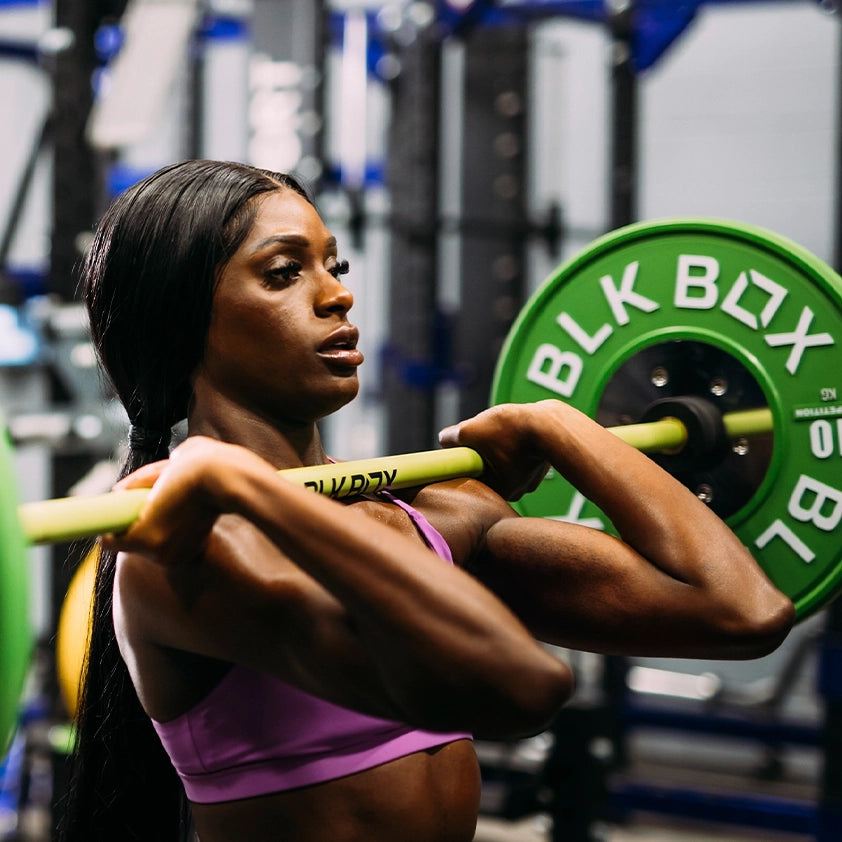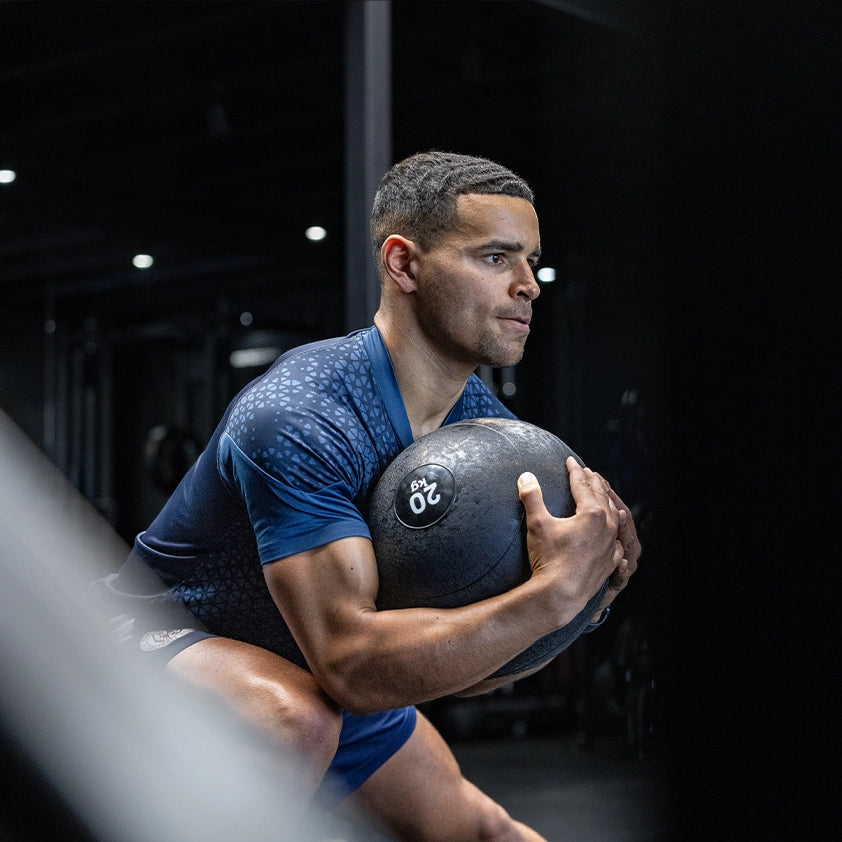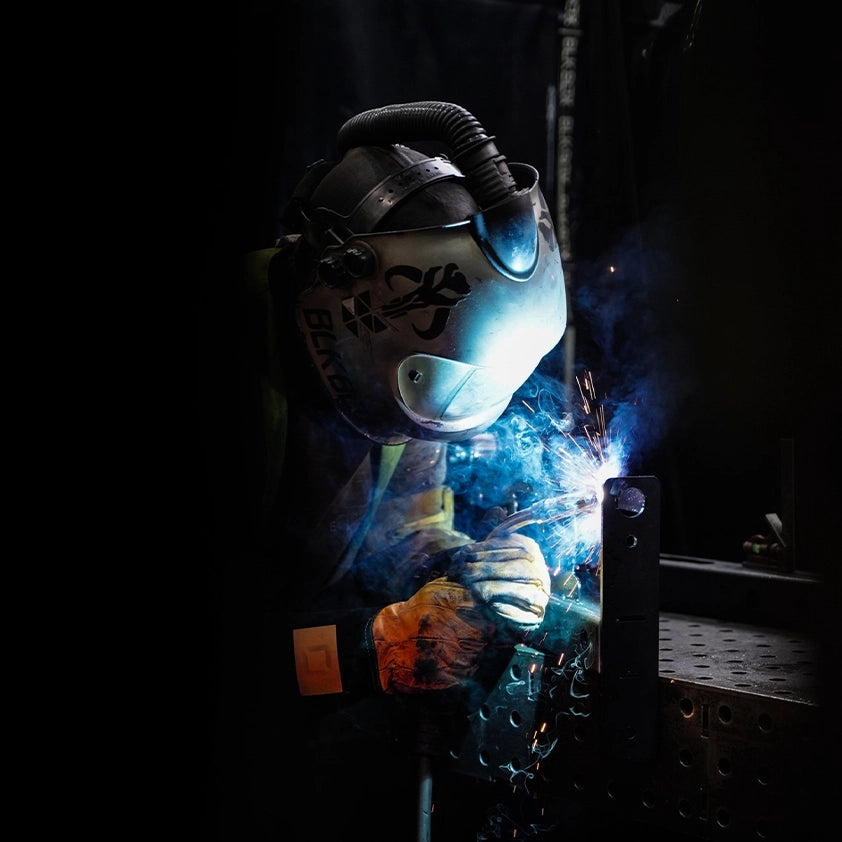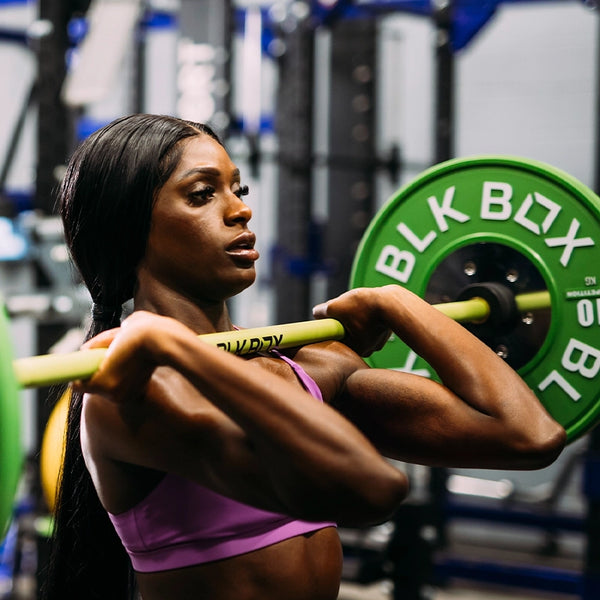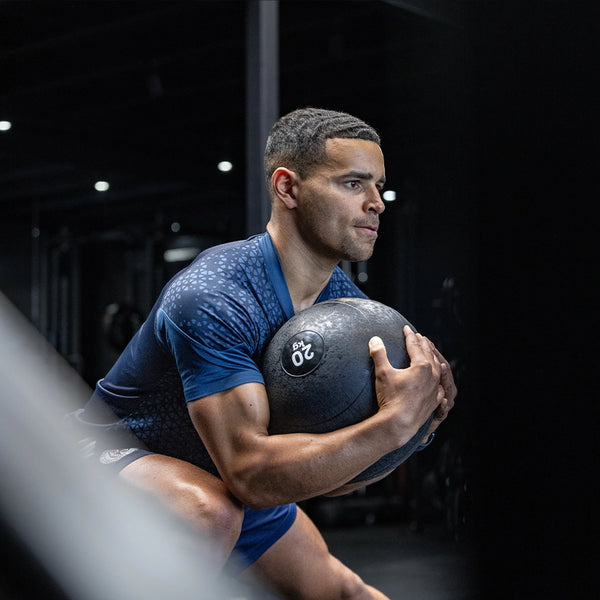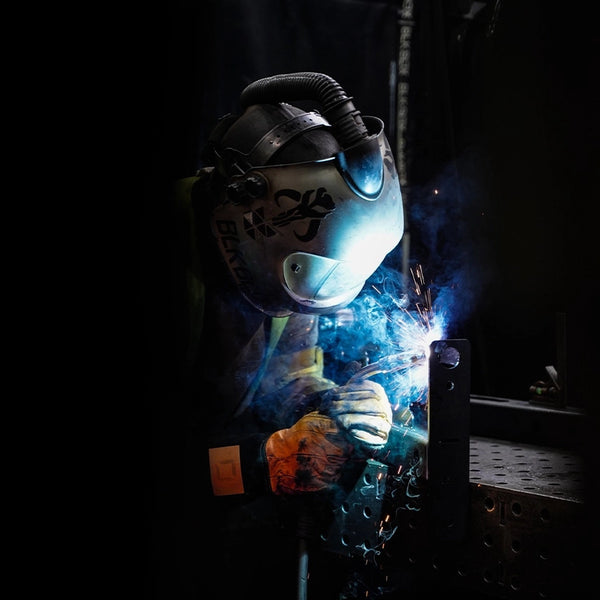5 Things Search and Rescue Teaches Us About Strength
Strength isn’t always visible. It’s not just about lifting heavy or looking the part. For people working in high-pressure environments, strength means being able to think clearly when others panic. It means moving with purpose when your body is screaming to stop. It means being ready when it counts.

Take Debbie Hally, a Search and Rescue operator from Ireland. Her training isn’t for medals or aesthetics. It’s about being strong enough to do the job. Strong enough to save the casualty. And strong enough to make it home to her family.
Whether it’s hoisting casualties from cliffs in hurricane-force winds, trekking through snow-covered mountains with 30kg of gear, or making life-or-death decisions on zero sleep, Search and Rescue operators show us what real strength looks like. They work through darkness, rain and instability. They wear heavy kit, operate in immersion suits that don’t breathe, and carry the responsibility of others’ lives on their shoulders.
Here’s what their world can teach us about ours.
1. Strength Starts in the Mind
Physical ability matters, but without mental control, it’s limited. In Search and Rescue, every callout comes with pressure. You need to stay calm, keep moving, and make smart decisions while under strain.
Mental strength is built the same way as physical strength, - through repetition, exposure and consistency. You show up on the hard days. You train when no one’s watching. You push through doubt because you believe in what you’re doing.
Takeaway: Strength begins with mindset. If you train your mind to lead, your body will follow.
2. Control the Controllables
You can’t control the weather, the terrain or the timing of a callout. But you can control how well you prepare. That’s what Search and Rescue teaches better than anything. When the variables are out of your hands, your systems, habits and effort are what carry you through.
In training and in life, it’s the same principle. There will be days when energy is low, time is short, or motivation is missing. But if your foundation is strong, you can still show up and get the job done.
Takeaway: Control what you can. Strength comes from consistency, not perfection.
3. Resilience Comes From Exposure
Every rescue is physically brutal. Every patient contact is a workout. You carry, climb, drag and crawl in uncomfortable conditions. The only way to handle that kind of stress is to expose yourself to it regularly.
Resilience is not a trait you’re born with. It’s earned through hard days, tough reps and setbacks that make you sharper, not softer. In Search and Rescue, there’s no space for comfort zones. That lesson applies everywhere.
Takeaway: Strength is built, not born. The more pressure you face, the stronger you become.
4. Recovery is Part of the Job
In roles where sleep is irregular and shifts are long, recovery doesn’t always look perfect, but it still matters. Being fit enough to do your job tomorrow depends on how you recover today.
Recovery means making the most of short windows. Prioritising sleep when you can. Eating to refuel. Moving to reset. You don’t wait until you’re burnt out. You build habits that keep you in the fight, day after day.
Takeaway: Recovery isn’t a luxury. It’s a responsibility.
5. Functional Strength Matters Most
Search and Rescue demands strength with purpose. It’s not about the numbers on a barbell. It’s about pulling, pushing, dragging and carrying — often while overheating, fatigued or under pressure. The job is the test, and every rep in training is a rehearsal.
That’s why functional tools like sleds, sandbags and loaded carries play such a big role. They build the kind of strength you can rely on when you’re hanging below a helicopter with no room for doubt.
Takeaway: Train with intention. Strength is about being ready, not just looking ready.











